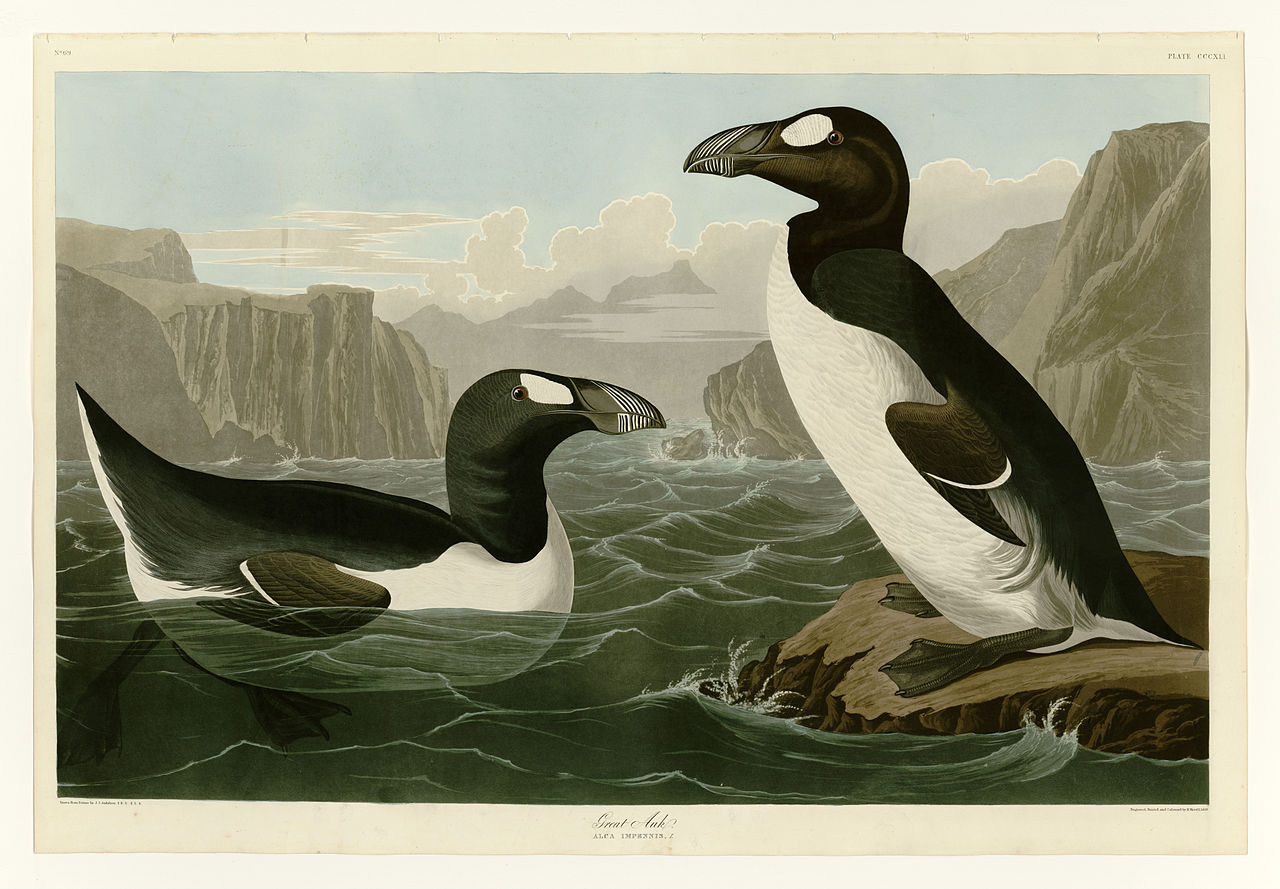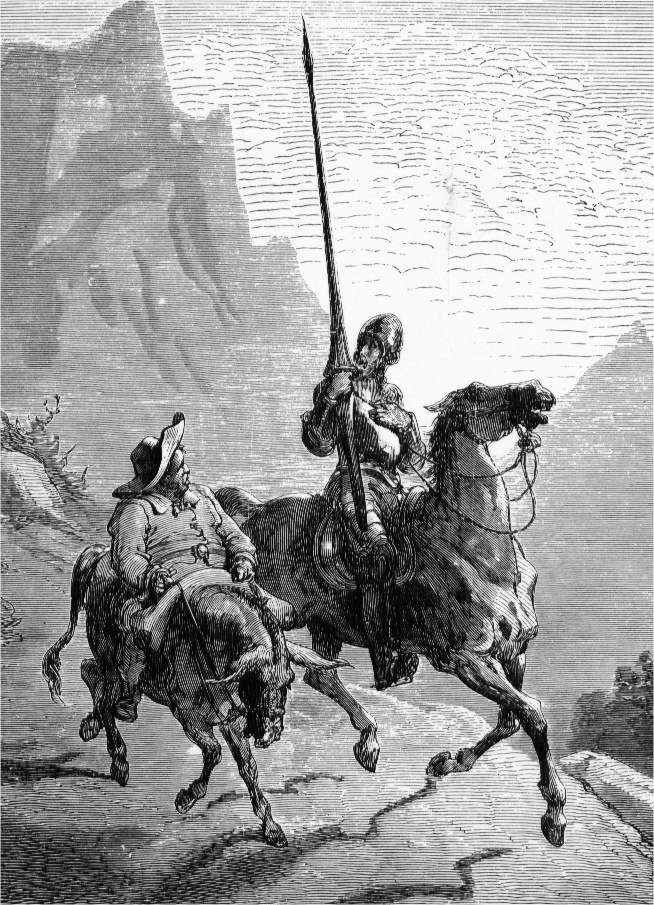- 148 Posts
- 14 Comments

 4·3 months ago
4·3 months agoThe figure 80% needs to be nuanced a bit. The reason for such a drastic decrease is that there is a lot of forest land in Sweden. In 1990, the emissions were 71,6 Mt CO2eq, while the absorption was 51,39 Mt CO2eq. In 2023, the emissions were 44,22 Mt CO2eq and the absorption 41,22 Mt CO2eq. The net emissions did indeed decrease >80%, but that was because forests made them low in the first place. If we look the emissions only, they only decreased 40%, which is still a good achievement, especially since the population has grown, but far from 80%. Source, Swedish Environmental Protection Agency
So to a large extent the amazing figure is due to geographic luck. It’s not very easy for other countries to copy this solution unless they also are lucky enough to have lots of forests.
It might also be worth noting that if you look at Sweden’s consumption based-emissions instead, they are about twice as high as the emissions withing Swedish borders. Ourworldindata publishes consumption-based emissions for all countries, and by that measure Swedish emissions are low by European standards, but many countries have lower emissions and Sweden is by no means an outlier. (Note, numbers don’t agree with those from Swedish Environmental Protection Agency, probably due to different methodology.)
Just to be clear, the story about the couch does not appear to be true: https://www.snopes.com/fact-check/jd-vance-couch-cushions/

 5·5 months ago
5·5 months agoI found this map of dominant tree species in Germany while investigating it:
https://atlas.thuenen.de/layers/geonode:Dominant_Species_Class
Indeed, there is are significant difference between the maps. Perhaps most notably in Baden-Würtemberg where there seems to be a lot of fir. But I also think there is a a clear correlation between the maps. I also find it interesting to see the correlation between the suitable habitat for oakwood and the absence of forests.
The original ElectroBoom?
The graphical abstract is even better than the title:


 12·6 months ago
12·6 months agoI use an addon called Chameleon that creates a random user agent that changes periodically.
 76·6 months ago
76·6 months agoCervantes did it first:


 17·7 months ago
17·7 months agoStill got nothing on this guy that made a ride that takes like 3*1078 years to finish

 4·10 months ago
4·10 months agoCool map! I spent quite some time looking at the many details. Also interesting to see that the Chinese were so aware of world geography at the time, even if it was thanks to exchanges with Europeans.

 21·10 months ago
21·10 months agoCool! I had never heard about this theory for explaining color blindness.

 21·1 year ago
21·1 year agoYou think so? My impression of the Netherlands is that the staple food is fries with mayonnaise, maybe with some broodje kroket in between. In general the diet consists of a lot of butter, white bread and sugar. To me it does not seemt surprising at all that they eat least vegetables in Europe.

 5·1 year ago
5·1 year agoIt has often been noticed that differences along the historical borders exist in Poland. See for example this article.
Here’s another article discussing the differences, and interestingly claims that the difference between the election result in former Prussian and Russian parts of Poland is likely due to other factors.

 1·1 year ago
1·1 year agoThanks for pointing that out. You’re right. I messed up with the title. What i intended to say was that the scale was relative. But the title is corrected now.



cal≠kcal
1 gallon gasoline contains 31 million small calories, while the human caloric requirements are given in large calories. 1000 small calories = 1 large calorie. So the calculations are off by a factor of 1000. The confusion stems from the fact that both are commonly referred to as “calories”, for some stupid reason.
So in reality you would have to drink another gallon in just 2-3 weeks.